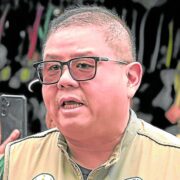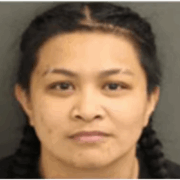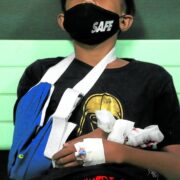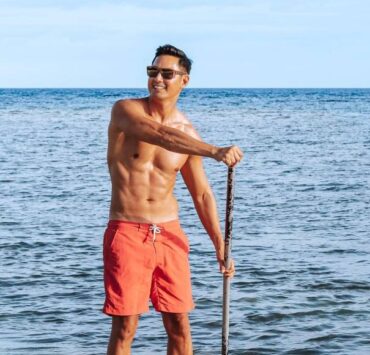Wired differently, this woman embraces her neurodiversity
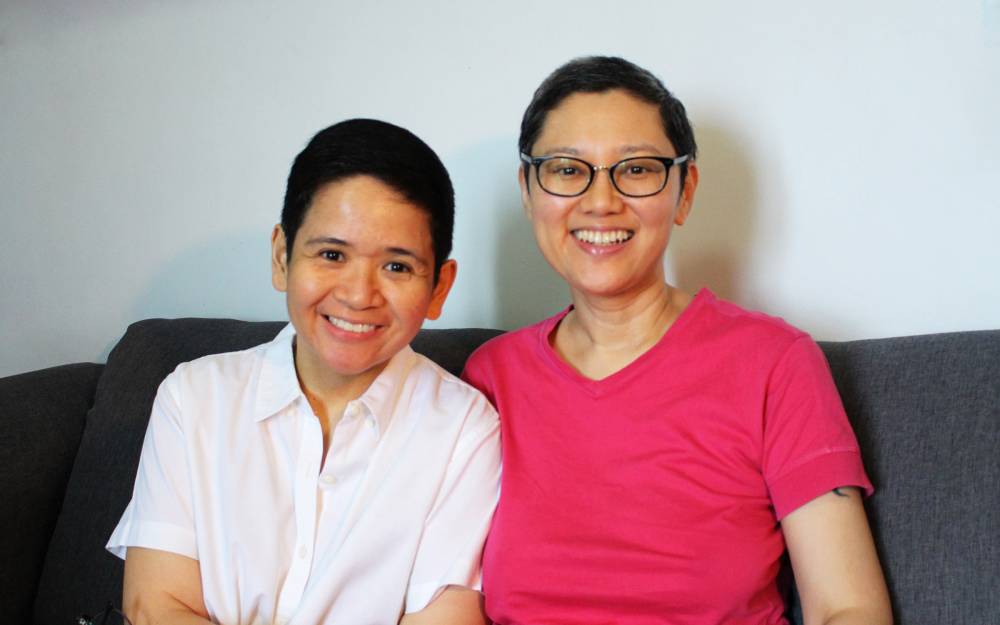
Kristine S. Calleja, 47, didn’t see it coming. “I was trying to find out if I was on the Autism Spectrum,” she recalls. After several consultations, she got her answers: not just Autism Spectrum Disorder (ASD), but also Attention Deficit Hyperactivity Disorder (ADHD) and Generalized Anxiety Disorder (GAD).
Quite a trio, but it wasn’t her first rodeo with diagnoses. In 2008, she was found with major depressive disorder, and in 2010, bipolar disorder.
Having been on a mental health roller coaster for years, she doesn’t see these as “disorders” in the typical sense. “I prefer to think of myself as neurodivergent, not disordered. I’m just wired a little differently,” Calleja said.
She’s all about the neurodiversity movement, which says there’s no right way for a brain to function. Society tends to label anything outside the norm as a disorder, and she finds that problematic—like expecting everyone to be vanilla, but some of us are rocky road, with extra nuts. And masking (trying to blend in with neurotypical people) is exhausting. “I can fake being ‘normal’ for a while, but it drains me,” she said.
Calleja’s mental health journey took a sharp turn in 2014, when she hit an early midlife crisis. She left her job at an international nongovernmental organization and embarked on a decadelong mission to figure out who she was. “I hopped from one project to another, working with various institutions. But by this year, I realized if the project doesn’t align with my passion or values, my anxiety spikes. So, I stick to what matters to me.”
She didn’t fit the mold from the beginning. As a child, she preferred solitude and the company of adults over playing with other kids. “I loved the swing. I could’ve stayed on it all day, just me and my thoughts,” she said.
Even her family noticed something was different. “They thought I was shy, but I wasn’t. I just didn’t like small talk. I still don’t. It makes me anxious, like, ‘Is there an escape hatch somewhere?’”
Calleja’s partner Rebie often reminds her to engage at social gatherings, but it’s the liquor that helps her get through.
Insomnia
Her sleep problems started early, too. “I was 6 when I realized I couldn’t fall asleep easily. It was the start of a lifelong struggle with insomnia. And it’s not just that; I also felt like I didn’t want to be here. Once when I was 7, I thought, ‘Maybe this is my time to go.’ I drew what I thought would be my last gift to the world—a picture of Mighty Mouse.” Her ability to look back with humor is part of her resilience.
Calleja realized she might have autism in 2020, at the start of the pandemic, when she watched comedian Hannah Gadsby’s “Douglas” on Netflix. Like Gadsby, she began to piece together her sensory sensitivities to light, sound, texture and more. It all made sense, like putting together pieces of a puzzle she didn’t know she was working on.
Still, getting a diagnosis as an adult wasn’t straightforward. Her previous psychiatrist wasn’t trained in developmental psychiatry for adults. However, her current psychiatrist, being from a younger generation, knew how to diagnose her accurately. “I guess medical training has finally caught up with the fact that adults can be on the spectrum, too.”
Calleja’s ADHD and ASD symptoms have evolved over the years. Hyperactivity and impulsiveness have waned with age, but she continues to manage mood swings, sensory sensitivities and anxiety. She acknowledged that most research on autism and ADHD focuses on male children, which may explain why many women, like herself, are diagnosed later in life.
“Girls present symptoms differently from boys, and adults present them differently from children. That contributes to the gender gap in diagnosis. However, the studies published more recently are already looking into these different presentations,” she said.
Living with ADHD, ASD and anxiety isn’t easy, but Calleja has learned to manage. Medication helps, though it’s been a process of trial and error. “I’m on a cocktail of meds, and we’re constantly tweaking the dosage. Some drugs work for a while, then suddenly they don’t.”
She once tried switching to an extended-release version of her antianxiety medication. “Same drug, same dosage, but I gained weight out of nowhere. So, I switched back.’”
Support
Her partner, Rebie, has been a rock through it all. “She’s been with me through breakdowns and panic attacks so bad I couldn’t even get out of bed. She gave me the space to heal without judgment. Everyone should be so lucky to have someone like that.”
On the other hand, Calleja’s friendships have been a bit more challenging. “I disappear sometimes. It’s not because I don’t care, but because I’m going through stuff. I want to reconnect with them now that I’m feeling better. I think it’s time they get to know the real me.”
Calleja doesn’t see work as a job. “What I do is part of my purpose. It’s my calling. I’ve had too many close calls with life to waste time doing something that doesn’t align with who I am. And if I want to sleep well at night, I must live authentically during the day.”
For parents with newly diagnosed children, she advised giving them space to grieve and rebuild their identity. “I would tell them to give their children the space to create new lives. A diagnosis is often a biographical disruption of our self-narratives, but like a phoenix rising, this moment in their lives can be a glorious beginning for something better. After all, identity is better built when the whole of a person, including one’s shadow, is considered.”
Calleja advised those who suspect a loved one might be neurodivergent to reflect, research and consult a professional. There’s no magic Band-Aid for it. You must dig deep and understand yourself or the person you support.
Ultimately, Calleja’s journey is about embracing her true self. She has spent years trying to fit into a world not designed for people like her. But now, she’s starting to love herself. Finally.







